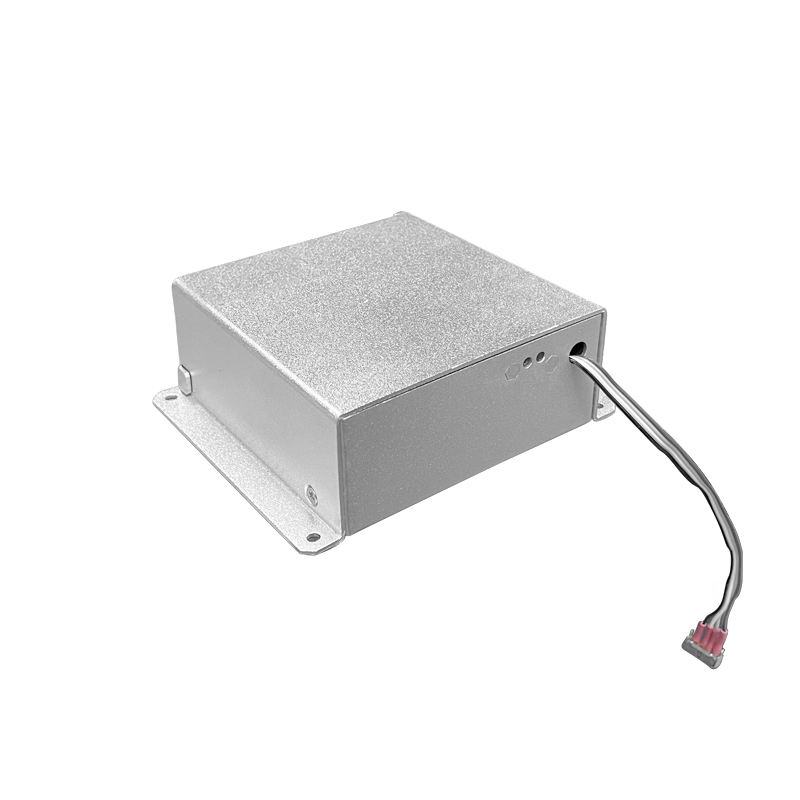Dynamic Bias Modulation of High-Voltage Power Supplies in Etching Equipment: Core Breakthrough in Precision Control
In semiconductor manufacturing, the nanoscale pattern transfer precision of plasma etching processes directly determines device performance and yield. The high-voltage power supply, as the energy source for plasma, relies on dynamic bias modulation to balance etch rate, selectivity, and anisotropy. As advanced processes approach the 3nm node, traditional static bias modes fail to meet the etching requirements for complex structures. Dynamic bias modulation achieves a leap from macroscopic stability to microscopic controllability of plasma states through real-time adjustment of electric field parameters.
1. Technical Principles: Dual-Frequency Drive and Rapid Response
The core of dynamic bias modulation lies in independently controlling ion energy (Ei) and ion flux (Γi):
• Dual-Frequency Drive Mechanism: A high-frequency source (>27 MHz) regulates plasma density via excitation power, influencing the generation efficiency of active radicals (e.g., F, CF₂). A low-frequency source (1–2 MHz) precisely controls ion bombardment energy through bias voltage, determining etch directionality. For example, in silicon etching, increasing high-frequency power raises F radical concentration from SF₆ dissociation, while millisecond-level polarity switching of low-frequency bias directionally accelerates ions to form steep sidewalls.
• Rapid-Response Closed-Loop Control: Using high-frequency silicon carbide power devices (e.g., 1200V SiC MOSFETs) and multicore microcontrollers (300MHz-level computing power), the system responds to load transients within 20μs. Real-time impedance matching networks compensate for plasma impedance drift, suppressing forward power fluctuations to ±0.5% and minimizing energy loss from reflected power.
2. Key Technological Breakthroughs
1. High-Frequency Switching and Resonant Topology
Third-generation wide-bandgap semiconductors reduce switching losses by 70%, enabling peak conversion efficiency of 96.5%. Combined with LCC series-parallel resonant circuits and multistage voltage multiplier rectification, an 8kW output system reduces volume by 60% while supporting >100kHz high-frequency plasma generation, fundamentally suppressing plasma density fluctuations caused by thermal drift.
2. Multilevel Pulse Modulation
High-frequency pulse techniques (e.g., nanosecond pulse-width modulation) compress ion energy distribution bandwidth via precise duty cycle control. For instance, in β-Ga₂O₃ etching, reducing the duty cycle from 80% to 40% narrows ion energy distribution width by 40%, minimizing sidewall erosion from low-energy ions and increasing etch selectivity beyond 20:1.
3. AI-Enabled Co-Optimization
Machine learning algorithms integrated with optical emission spectroscopy (OES) sensors build predictive models for plasma parameters. The system dynamically adjusts power-frequency combinations based on real-time spectral data: if CF₂ radical concentration drops abnormally, it automatically increases high-frequency power and reduces bias voltage to maintain reaction activity and etch rate balance.
3. Application Challenges and Innovations
• Cross-Scale Control Challenge: In high-aspect-ratio trench etching (>100:1), nonlinear oscillation of sheath electric fields causes ion incidence angle dispersion. Solutions include 3D power topology design, where multi-electrode phase difference control creates sheath thickness gradients, reducing ion angle deviation to <1°.
• Thermal Management Bottleneck: Under high-power pulse operation, thermal resistance fluctuation at the electrostatic chuck (ESC) interface reaches 30%. Novel He backside cooling systems with dynamic temperature algorithms compress wafer temperature gradients to ±0.5°C, preventing CD drift from thermal stress.
4. Future Perspectives
Dynamic bias modulation is driving etching toward atomic-scale precision:
• Quantized Energy Injection: Femtosecond-level pulse modulation enhances ion energy control accuracy to ±5 eV, enabling low-damage etching of ultra-hard materials like diamond and gallium nitride.
• Digital Twin Platforms: Physics-based virtual plasma simulations fused with real-time data enable autonomous process parameter decisions, shortening recipe development cycles by over 50%.
The essence of dynamic bias modulation is the precise between electrical and chemical energy conversion. By integrating power electronics, plasma physics, and artificial intelligence, high-voltage power supplies evolve from energy suppliers to process definers, playing a pivotal role in extending Moore’s Law and enabling third-generation semiconductor applications.




















